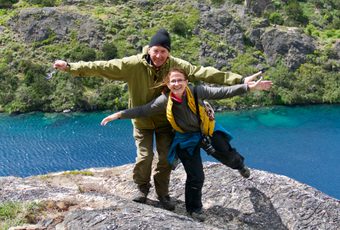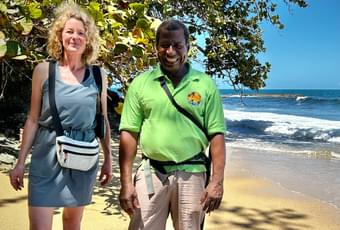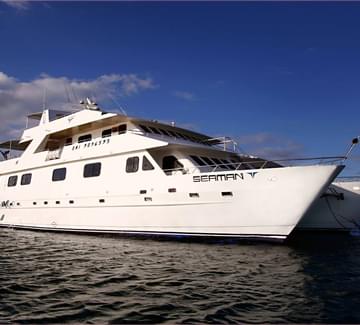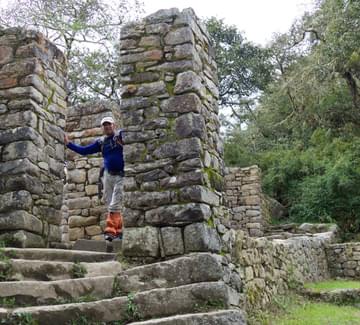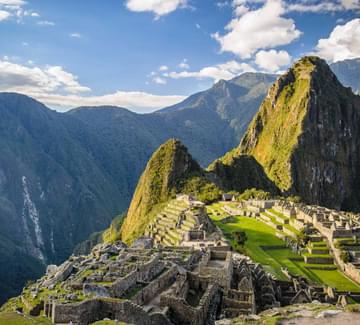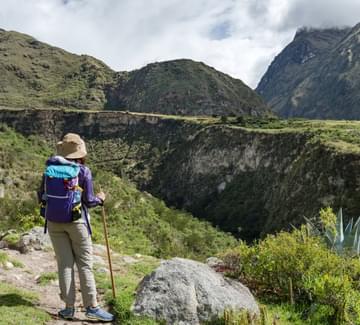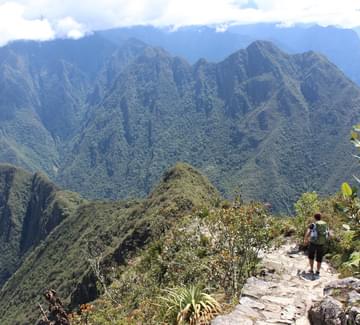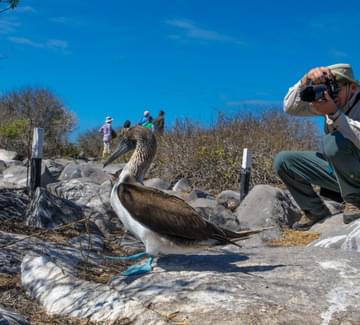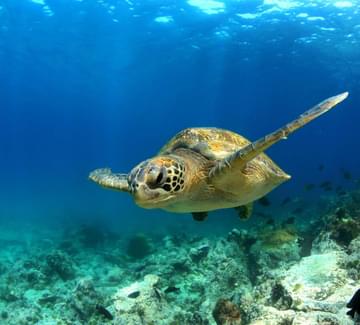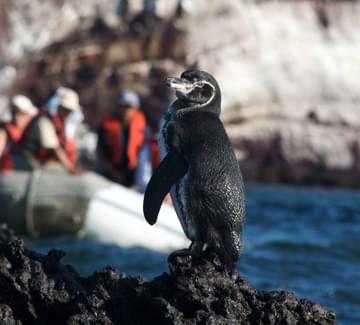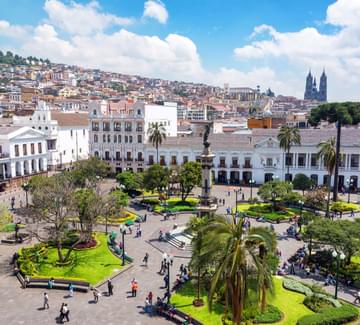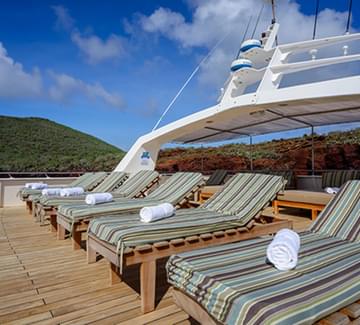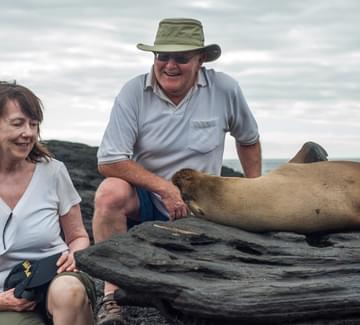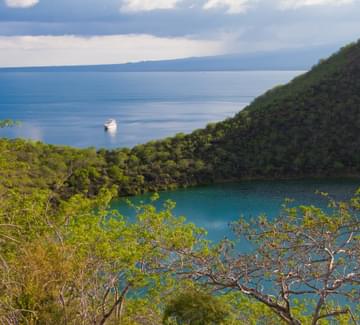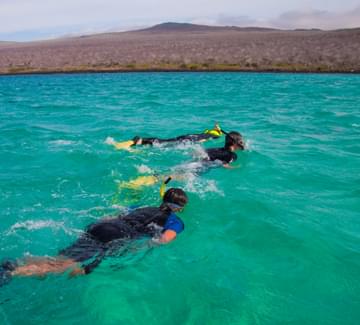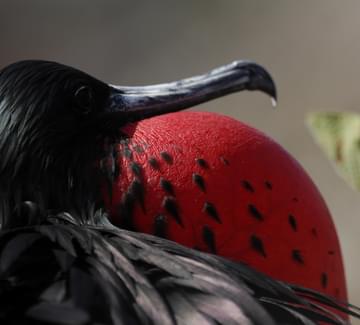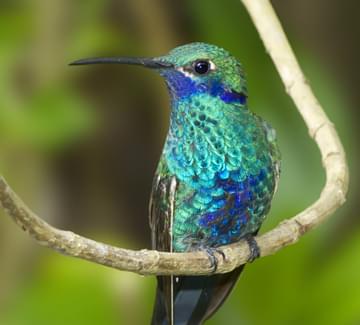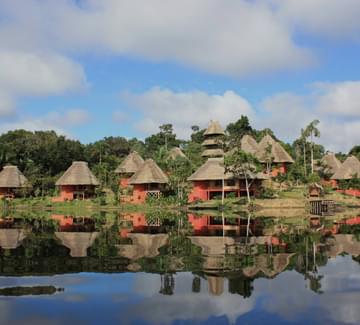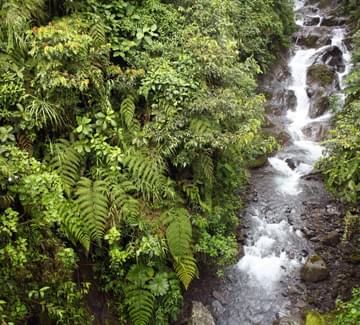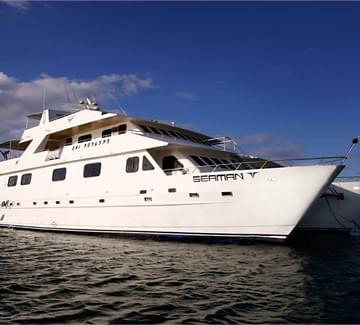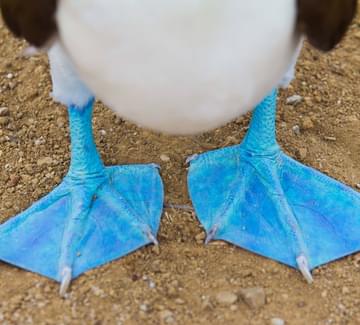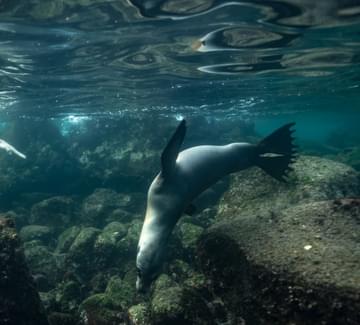Ecuador & Galápagos Vacations
It may be small, but Ecuador packs a big punch in terms of scenery, culture, and world-class wildlife. From soaring volcanos to Amazon lodges and the unique Galápagos Islands, our experts will help you create your perfect Ecuador & Galápagos holiday.
Our Ecuador & Galápagos Holidays can be tailor-made just for you, with dates, durations, and itineraries adjusted to suit your needs. Speak to our team for a fully personalized quote.
3 Trips
3 Trips
-
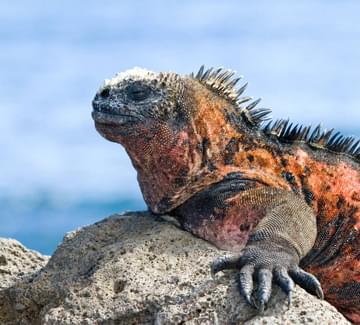
![galapagos seaman journey cruise]()
![cycling maras to moray sacred valley]()
![peru machu picchu bathed in sunlight]()
![chinchero female weaving coperative]()
![smiling weaver in peru's sacred valley]()
![inca trail to machu picchu]()
![man sitting at sun gate above machu picchu]()
![quito cathedral roof]()
![photographing blue-footed booby galapagos]()
![snorkelling with sea turtle galapagos]()
![penguin and zodiac boat galapagos]()
Machu Picchu, Sacred Valley & Galápagos Islands
- Private Peru
- Character lodges
- Week-long wildlife cruise
From$13,000pp -
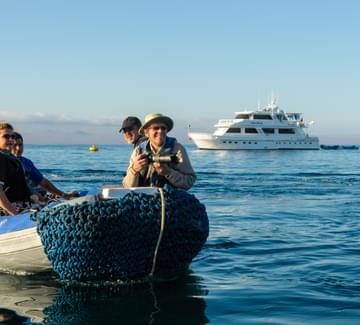
![Galapagos Sea kayaking 2 latin trails]()
![ecuador or quito]()
![ecuador quito cathedral]()
![demand journey]()
![galapagos sea lion]()
![tagus cove]()
![galapagos gps snorkle]()
![sea kayaking]()
![frigate bird Galapagos]()
![galapagos tortoise babies]()
![galapagos Santa Cruz]()
Our Ultimate Galápagos Vacation: 7-Night Cruise & Island Stay
- Cruise to distant islands
- Enjoy island life
- Up-close wildlife enounters
From$11,530pp -

![hummingbird mindo cloud forest]()
![Sea lions on beach galapagos]()
![napo wildlife centre ecuador amazon]()
![mindo river cloud forest ecuador]()
![galapagos cruise ship in the ocean]()
![photographing blue footed boobies galapagos]()
![snorkel sea lions galapagos]()
![amazon parrots clay lick yasuni national park]()
![Ecuador amazon frog night walk chris bladon]()
![land iguana galapagos islands]() Rainbow Offer!
Rainbow Offer!Ecuador & Galápagos Wildlife Wonders Vacation
- Galapagos in depth
- Wildlife immersion
- Andes to Amazon diversity
From$11,850pp
Loading more holidays...
Frequently Asked Questions
When is the best time to go to Ecuador & the Galapagos Islands?
Should I visit the Galapagos Islands?
Where are the Galapagos Islands?
What are the requirements for vacations in Ecuador & the Galapagos Islands?
Can I combine the Galapagos Islands with Machu Picchu as a vacation?
How do I get a tailored itinerary?
Can I make changes to these itineraries?
What if I have more questions?
Your Pura Aventura vacations
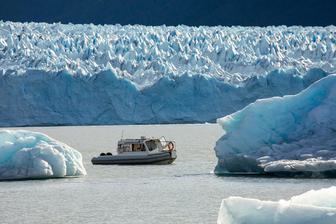
Exceptional Vacations
Best-in-class vacations & service - is what our clients say they love about our trips, as noted in the highest possible 5* Feefo Platinum Award.

Travel Positive
Travelling with one of the first travel companies to be certified B Corp means your vacation, according to Which?, meets "the highest standards of social and environmental performance".

Beautifully Local
Vacations away from the crowds, crafted to give you a more authentic, local experience. Small-scale accommodation, exceptional guides & in-depth local knowledge.


